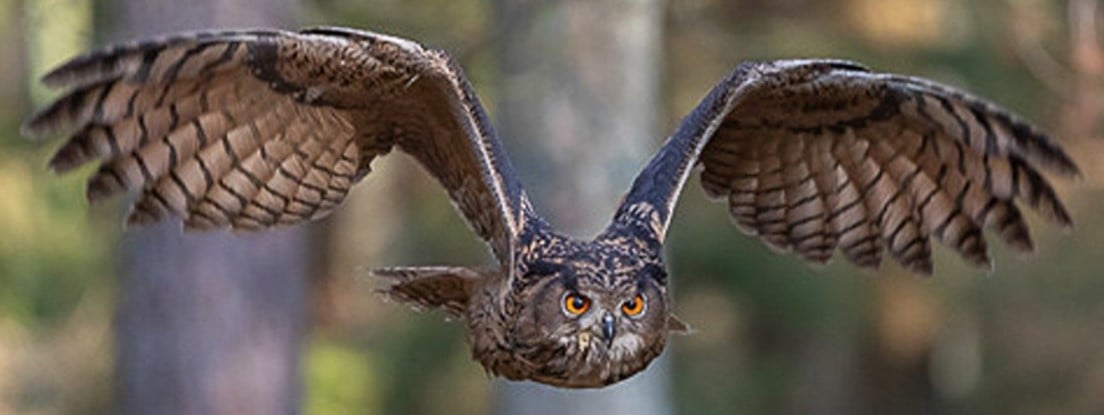From Star Mail
Fresh calls to take greater care on Victorian roads with a Greater Sooty Owl recently needing life-saving treatment at Healesville Sanctuary’s wildlife hospital.
The threatened species with soulful eyes and sharp talons suffered a head trauma, suspected of being hit by a car at Gembrook south-east of Melbourne.
A wildlife carer rushed the large nocturnal bird to the Sanctuary’s Australian Wildlife Health Centre (AWHC) where it received a full medical check including X-Rays, eye examination and blood tests upon arrival.
Healesville Sanctuary veterinary nurse Chris Stitt said they needed to rule out rodenticide poisoning which was the main reason for the blood test.
“We found the owl was straining one of its eyes due to corneal damage. But thankfully, we didn’t find any fractures,” Mr Stitt said.
“It is not a species we see often, so it was quite an exciting moment to be up close to such an amazing bird that’s considered endangered in Victoria. In my seven years working at the wildlife hospital, I haven’t come across one before.”
The greater sooty owl was provided a quiet, dark place to recover in the new Raptor Rehabilitation Centre while it received fluids, anti-inflammatory medication and pain relief.
Seven days later, wildlife carers released this beautiful species back to the wild where it was found at dusk.
Greater sooty owls are a medium to large owl species that stand about 40-50 centimetres tall.
They are listed as endangered under the Victorian Flora and Fauna Guarantee Act 1988 and listed as least concern with a decreasing population on the IUCN Red List of Threatened Species.
Threats to their survival include habitat loss and fragmentation, rodenticide poisoning and road trauma.
Chris admits seeing this wildlife patient serves as a good reminder to take extra care when driving at dawn and dusk because that’s when so many of our native species come out and explore.


No that makes perfect sense. Probably broke it up to fill space?
It certainly achieves that goal. 😁